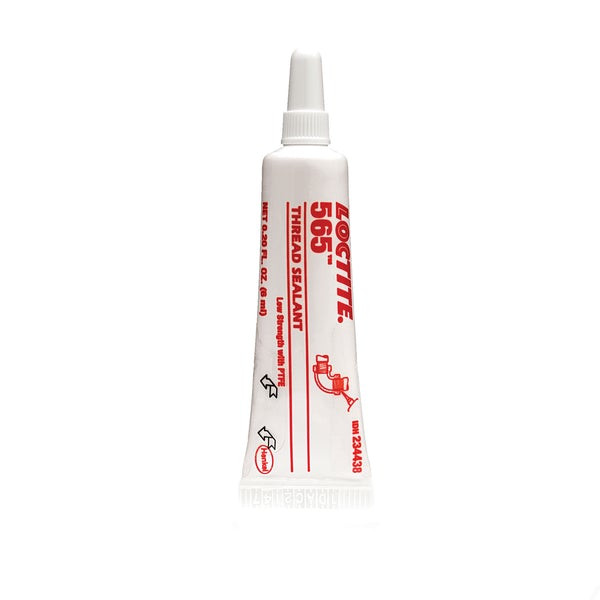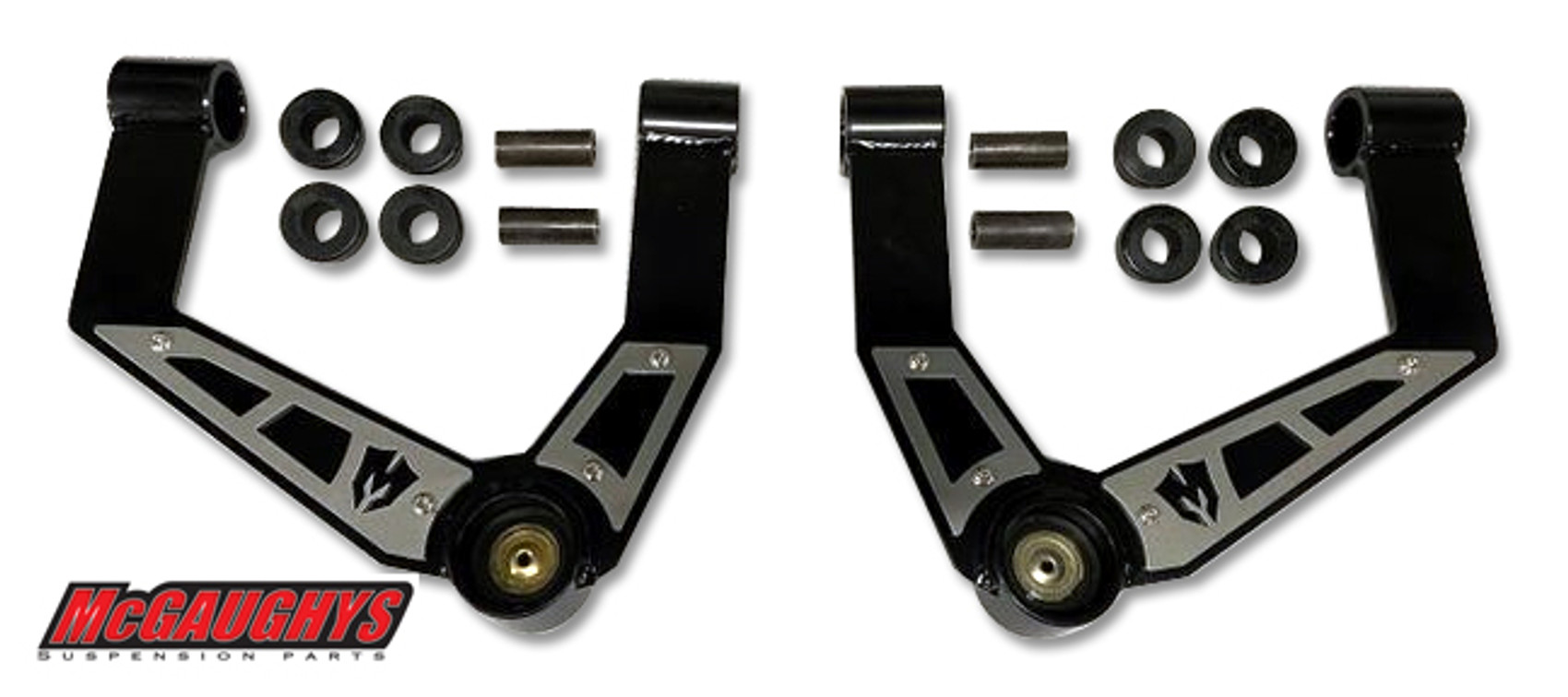Tire Sizes Explained
We get this question a lot, so it makes sense to just put it out there on the internet and get it solved: What do the numbers on the side of a tire mean, and what does that do for my project?
OK, let’s break it down with an example:
305/30/R26
The first number there is the width of the tire in millimeters. So this tire is 305mm — but what does that mean to folks who don’t use the metric system? Well nothing, really. So let’s convert it to standard measurements by dividing it by 25.4.
305mm / 25.4 = 12.01 inches
Follow us so far? Cool. Now we know that this tire is just a hair over a foot wide. Now we need the height, and that’s the second number — sort of. The second number is the percentage of the first number that is the height of the sidewall. So here’s how that math works out:
305mm * 0.30 = 91.5mm
Then let’s convert that over to standard units:
91.5mm / 25.4 = 3.60 inches
That means our sidewall is 3.6 inches tall. But that doesn’t really give you the information that you need to have if you’re trying to figure out the overall diameter of the wheel and tire combo. That’s because 3.6 inches in our example is just half of the equation. Tires are round, so the sidewall will be used twice in the equation — top and bottom, if you want to be specific. That’s where that last number on the size comes into play. That’s the diameter of the wheel that you’re mounting the tire on.
So if you want the overall diameter, the equation is (Sidewall height * 2) + wheel diameter. In this example, that means we do this:
3.60 inches + 3.60 inches + 26 inches = 33.2 inches
The overall diameter of the wheel and tire combo then, is 33.2 inches.
So let’s get really nerdy here and turn this into a math problem that you can do a bit faster. A tire size is represented by three variables:
X/Y/Z
X= Tire width in mm
Y= Sidewall height as a percentage of the width
Z= Wheel diameter
Therefore, if you want to find out the overall height in one equation, it would look like this:
2[(X*Y)/25.4]+z
So our example would look like this:
2[(305*.30)/25.4)]+26
And now the math itself:
2[(91.5)/25.4]+26
2[3.60]+26
7.2+26
33.2 inches
Whew! That was a lot of math. But now that you have the formula, it’ll be a lot easier for you to pick out your shiny new rims in the future.







